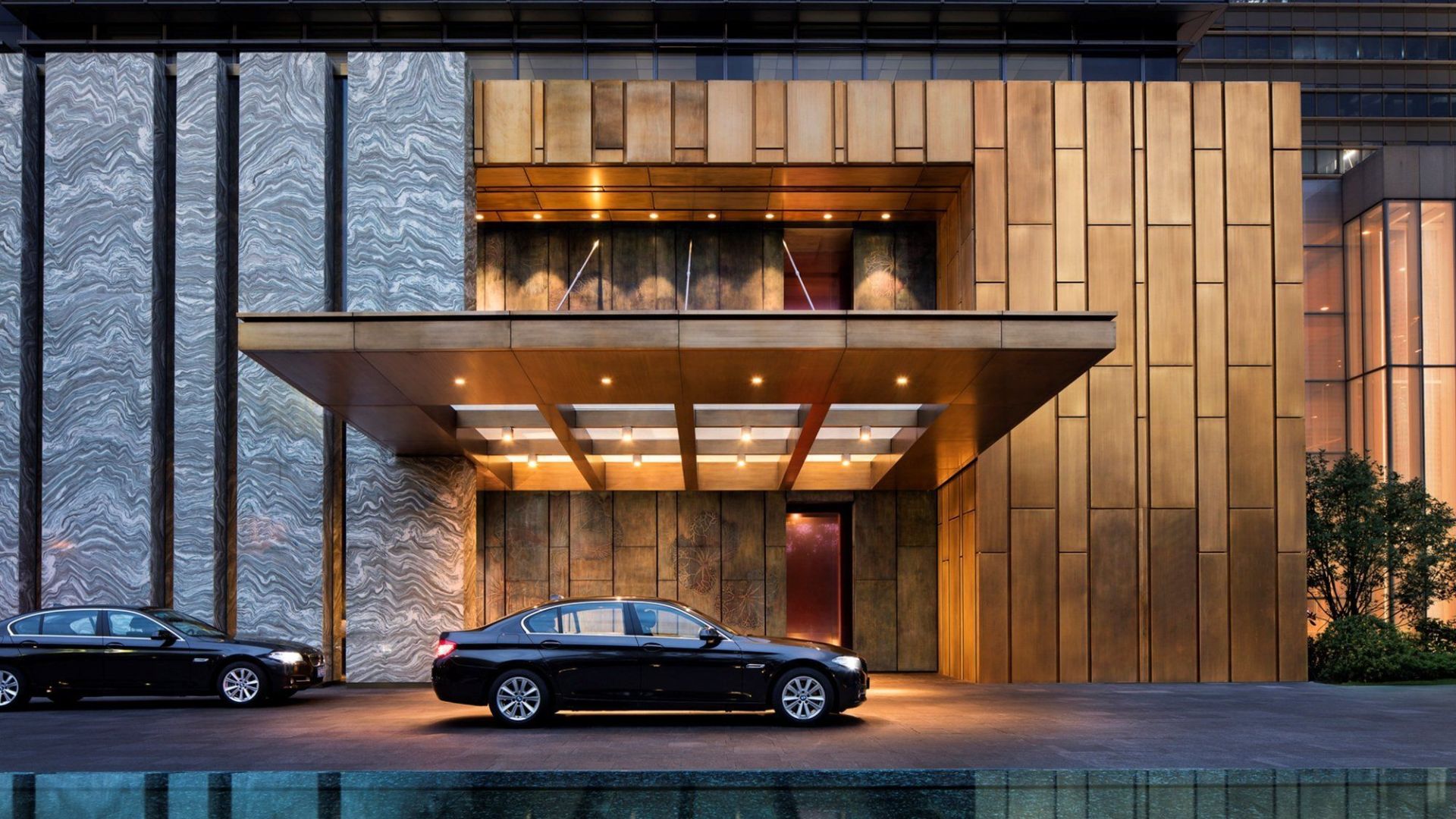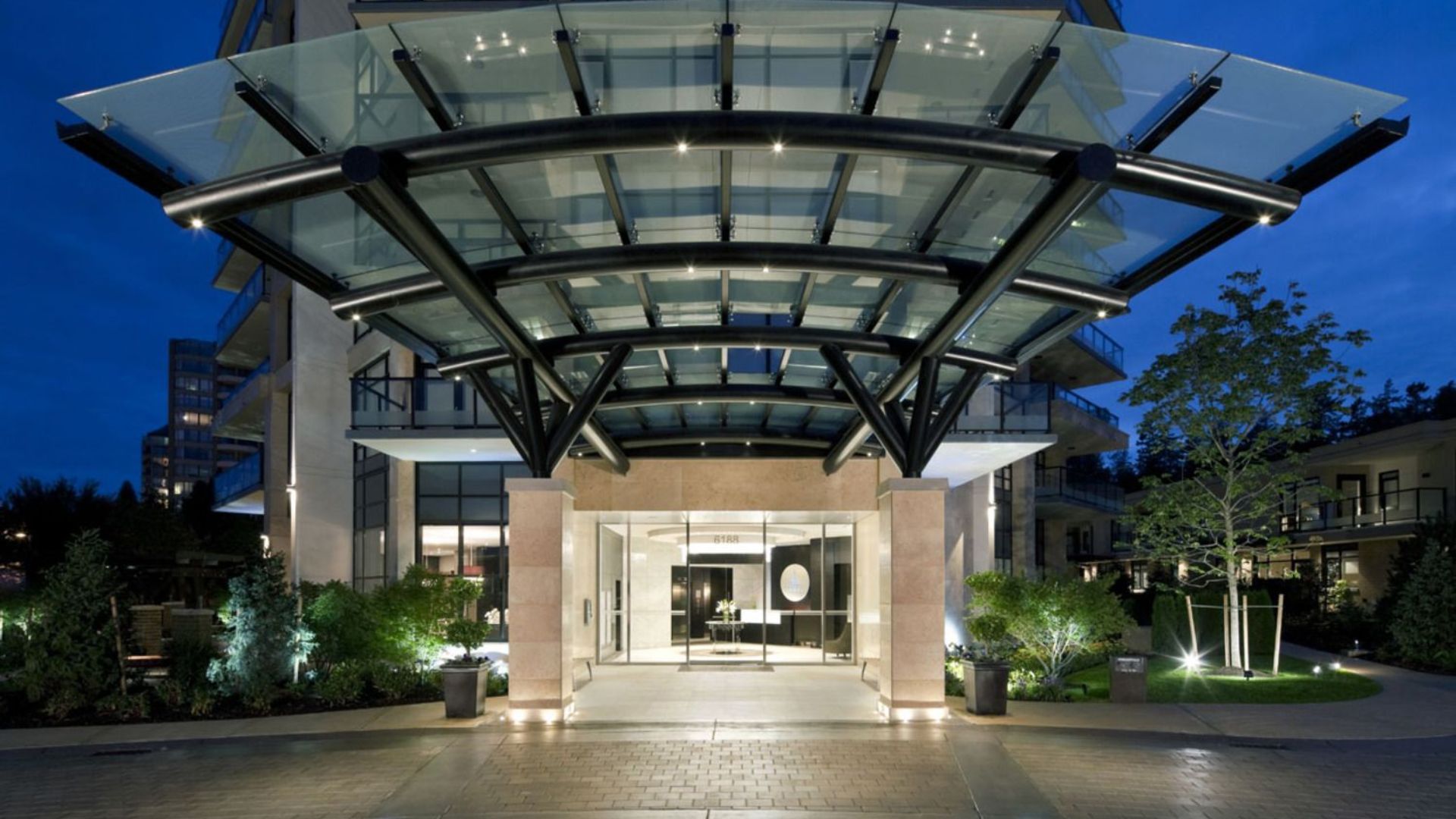In architecture and design, Entrance Canopy Dubai have evolved remarkably from simple shelters to sophisticated designs. Looking ahead, they are expected to integrate technology and drive innovation in the built environment.

Seamless Integration of Technology
One of the most compelling predictions for canopy entrances is the seamless integration of technology. Imagine walking through a canopy entrance equipped with sensors that adjust lighting levels based on natural light, or canopies that respond dynamically to weather conditions, opening or closing to shield occupants from rain or harsh sunlight. With advancements in smart materials and sensor technology, such innovations are not far-fetched. Shadesnetss, at the forefront of technological innovation, is likely to lead the way in developing such intelligent canopy solutions.
Sustainable Design Principles
The future of canopy entrances will undoubtedly be intertwined with sustainable design principles. As environmental concerns continue to drive architectural innovation, canopies will evolve to incorporate renewable materials, energy-efficient lighting, and even elements like rainwater harvesting systems. Shadesnetss, committed to sustainability, is expected to leverage eco-friendly materials and design practices to create canopy entrances that not only enhance the aesthetic appeal but also minimize their environmental footprint.
Biophilic Design Elements
Biophilic design, which seeks to connect people with nature through the built environment, is gaining momentum in architectural circles. Canopy entrances of the future are likely to embrace biophilic principles, incorporating elements such as living walls, vertical gardens, or natural ventilation systems. These features not only enhance the visual appeal of canopy entrances but also contribute to occupants’ well-being by fostering a sense of connection to the natural world.
Adaptive and Flexible Spaces
Flexibility will be a hallmark of future canopy entrances, with designs that can adapt to changing needs and usage patterns. Canopies may incorporate modular elements that can be reconfigured to accommodate different events or activities, transforming from a shaded walkway to an outdoor gathering space with ease. Shadesnetss’ expertise in customizable shading solutions positions the company to spearhead the development of adaptable canopy entrances tailored to diverse user requirements.
Artificial Intelligence and Automation
As artificial intelligence continues to advance, canopy entrances may harness AI-driven algorithms to optimize performance and user experience. Imagine canopies that autonomously adjust their configuration based on foot traffic patterns or predictive algorithms that anticipate weather changes and adjust shading accordingly. By leveraging AI and automation, Shadesnetss can create canopy entrances that offer unparalleled convenience and efficiency.
Iconic Architectural Statements
In addition to their practical functions, canopy entrances of the future will serve as iconic architectural statements, defining the character of buildings and public spaces. Bold designs, innovative materials, and striking aesthetics will distinguish canopy entrances as landmarks in their own right, drawing admiration from passersby and serving as symbols of design excellence. Shadesnetss’ commitment to pushing the boundaries of design will ensure that its canopy entrances leave a lasting impression on the urban landscape.

In conclusion, the future of canopy entrances holds immense promise, driven by technological innovation, sustainable design principles, and a commitment to enhancing user experience. As a leading provider of shading solutions, Shadesnetss is poised to shape the future of canopy entrances, creating spaces that are not only functional and aesthetically pleasing but also environmentally conscious and adaptable to the needs of a rapidly evolving world. With each new innovation, canopy entrances will continue to redefine the intersection of architecture, technology, and design, enriching the built environment for generations to come.

